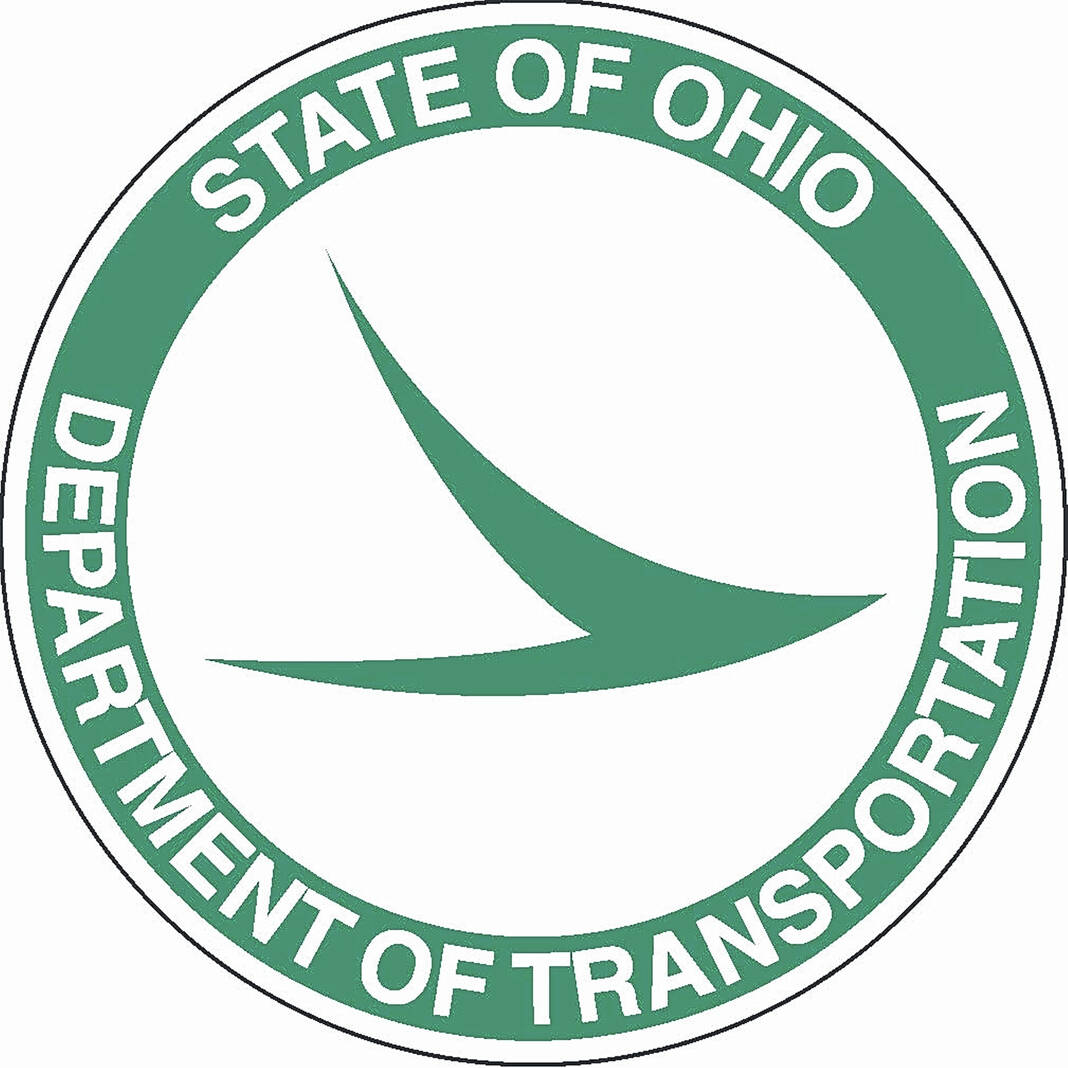
The Ohio Department of Transportation (ODOT) was before Delaware City Council on Monday to provide an update on the U.S. Route 23 Connect planning study recently conducted and prepared in May.
ODOT conducted the study to determine the feasibility of creating a fully free-flowing connection between the Columbus and Toledo regions and centered the study around the portion of U.S. 23 between Waldo and Interstate 270. Three key issues — travel time, congestion and safety — were identified as primary focuses throughout that portion.
The first phase of the study included extensive public engagement with local leaders and residents in and around the existing corridor and region, including 11 public meetings.
A total of seven concepts, including a no-build concept, were developed and analyzed in the ODOT study. Two concepts involved new freeway connections to U.S. Route 33 to the west, three concepts involved new freeway connections to Interstate 71 to the east, and one concept involved upgrading the existing U.S. 23 as a free-flowing connection.
Ultimately, however, it was determined that none of the concepts would be “cost-effective for the benefits we receive,” ODOT District 6 Deputy Director Anthony Turowski said during Monday’s presentation.
“Basically, we’re looking at costs in excess of $1 billion and $3 billion for some of the alternatives,” Turowski told council. “That’s quite a bit out of hand. Just for context, Ohio’s yearly project budget is just over $2 billion a year for the entire state. We can’t see spending all of our project dollars within one county. It’s certainly worthy of improvement, but we could not justify that expenditure at this point.”
ODOT also identified substantial impacts to natural and cultural resources if any of the concepts were pursued, including hundreds of homes and businesses being displaced, as well as impacts to parks, streams, waterways and historic locations. If new route concepts advanced, ODOT projected 350-700 acres of farmland would be impacted.
Once it was determined that the proposed concepts would not be feasible, ODOT moved the study to a second phase, which prioritizes solutions to improve the flow of traffic along the existing corridor. One of the primary solutions to optimizing the flow of traffic is to preserve intersections along the corridor that currently don’t have traffic signals.
Planned investments include converting the U.S. 23 and state Route 229 intersection to an interchange, removing the traffic signal at U.S. 23 and Troutman Road and converting the intersection to a Restricted Crossing U-Turn (RCUT), and eliminating five traffic signals between Coover Road and Pennsylvania Avenue.
Local investments identified by Turowski include Byxbe Parkway as an arterial connection around northeast Delaware and continued investment within Delaware at The Point intersection, U.S. 23 ramps, and the U.S. Route 42/U.S. 23 intersection.
Reach Dillon Davis at 740-413-0904. Follow him on Twitter @DillonDavis56.

